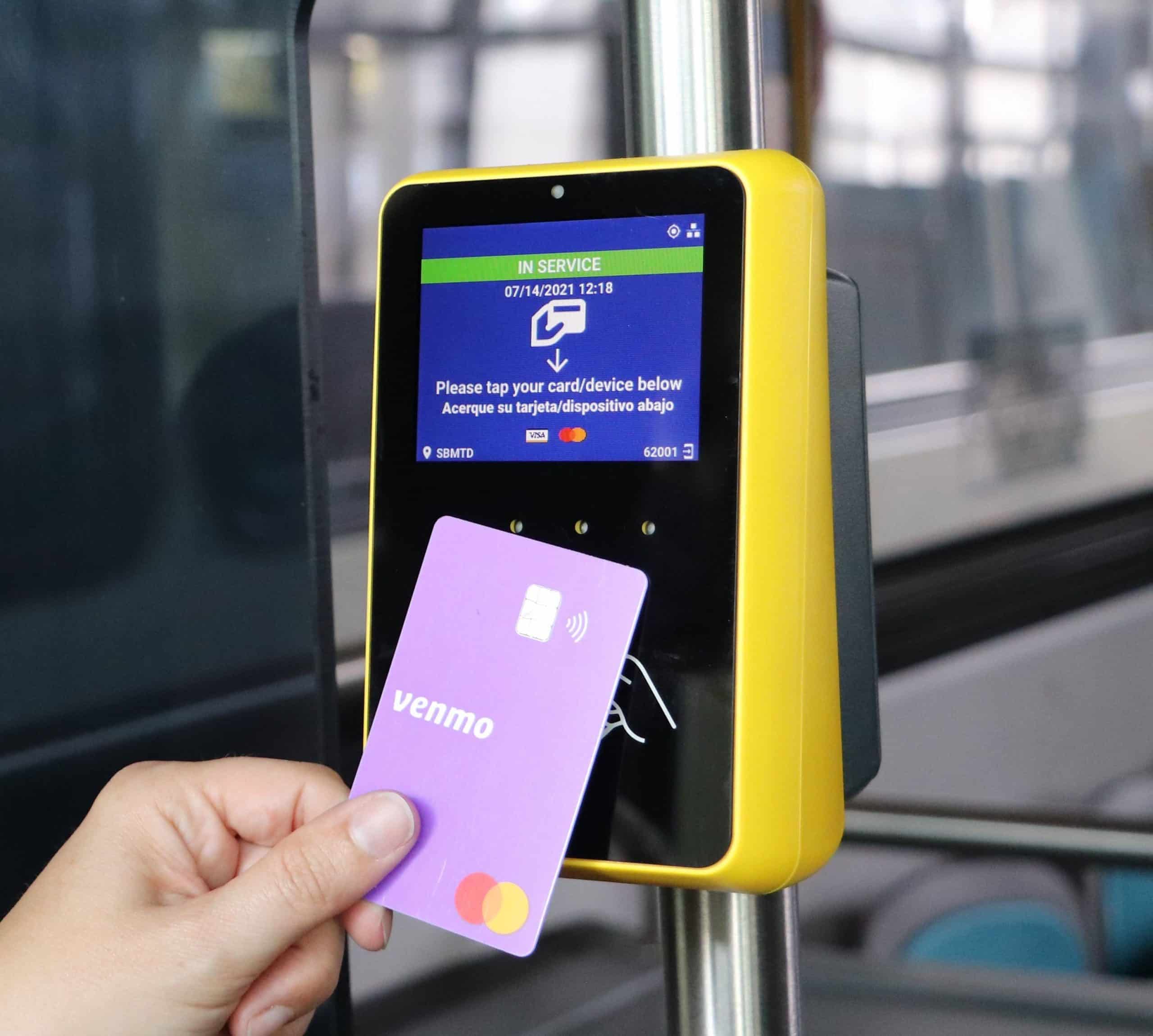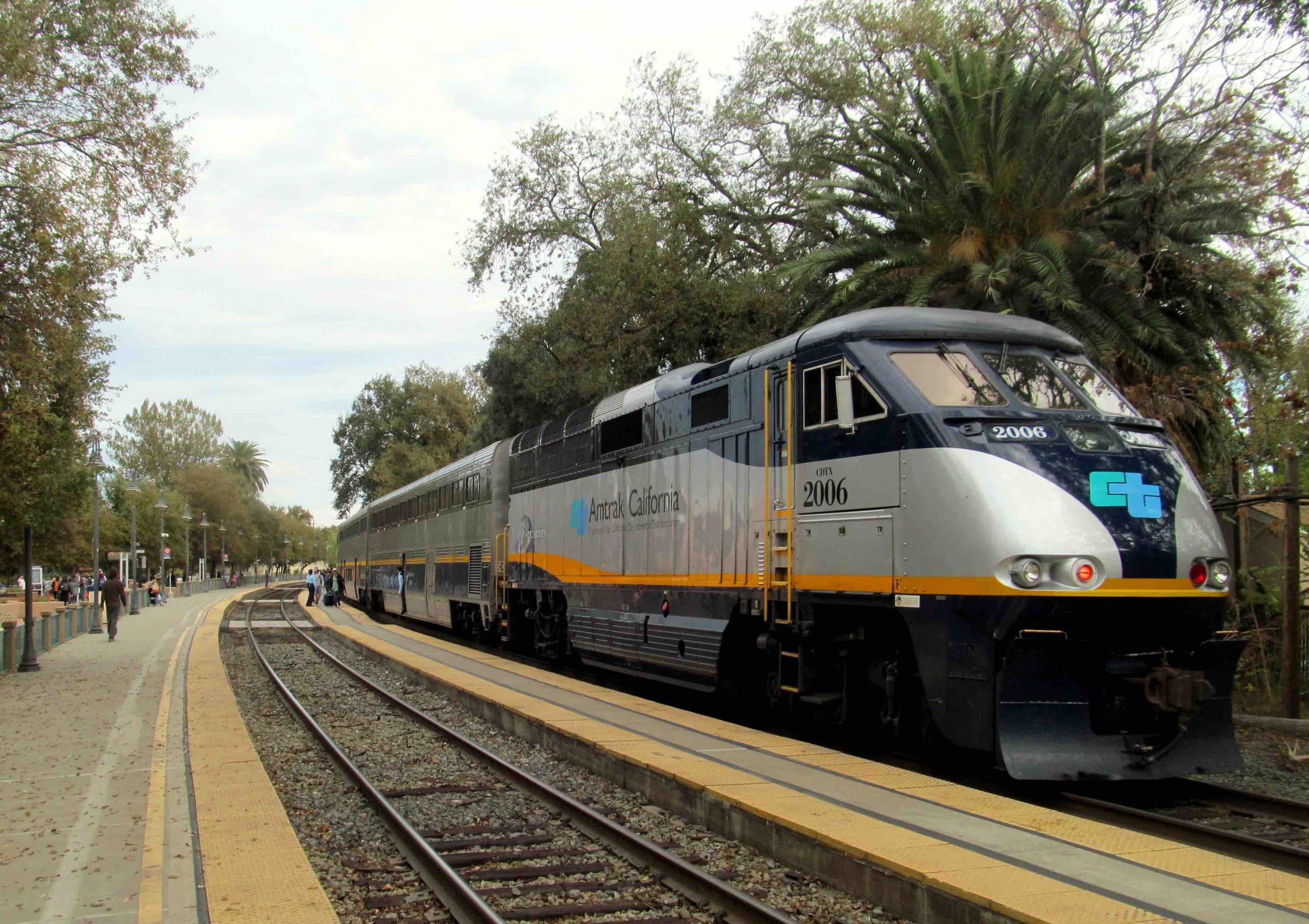
Article Highlights
Two more small transit agencies in California have launched open-loop payments pilots under a state initiative to help agencies procure the hardware and software they need to roll out open-loop fare payments.
Transit agencies in the state have to accommodate their unbanked and underbanked customers, which according to at least some state officials combine to make up 25%, even 30% of the state’s population. Many of these people do not have credit or debit cards.
California transportation officials announced two more pilots for their open-loop payments initiative, Cal-ITP, bringing to four the number of six-month “demonstration” projects they have launched with small transit agencies and vendors.




















